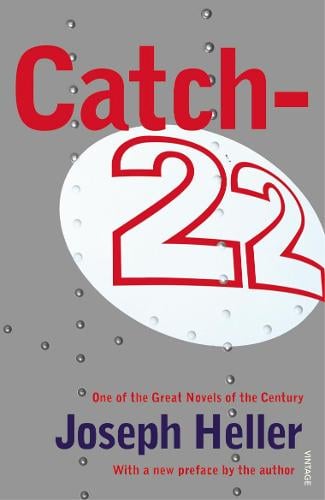
"I would tell people about it and they'd get a kick out of it, and I'd let them have it for a day or two and they'd read sections of it," Anderson recalls. He carried it with him on forays into the jungle and lent it to other soldiers who wanted to know what he was reading. Marc Anderson read Catch-22 while serving in Vietnam. That's the heart of Catch-22."īut young people in antiwar protests and on college campuses weren't the only ones reading the book. We were being told one thing and seeing another, and there's the paradox. "And so I think in a large sense, the entire culture began to distrust language. "What was being stated publicly was clashing so obviously with the images we were seeing on our television screens," Daugherty says. and Heller's book seemed to prophesy what was happening. But the more he tries, the more he is caught in the famous catch: "Anyone who wants to get out of combat duty isn't really crazy," Doc Daneeka, the Army physician, explains. Yossarian is Heller's nimble creation - an everyman soldier who is trying as hard as he can to get out of the war. "They are out to kill me personally, and he didn't like it - and Yossarian doesn't either." "After that mission over Avignon, Heller really understood that this is not an abstraction," Daugherty says. That mission, says Heller biographer Tracy Daugherty, shaped the way Heller thought about war, a sensibility that permeates his novel. Sitting in the plexiglass nose cone of a B-25 bomber, Heller faced the very real possibility of death for the first time.


In August 1944, Heller flew on a mission over the French town of Avignon.

And now, a half-century later, the predicament of a no-win trap still resonates with a new crop of young people distrustful of their elders. His take on war meshed perfectly with the anti-authoritarian generation that came of age in the 1960s. Fifty years ago, a new phrase began to make its way into American conversations: "Catch-22." Joseph Heller's irreverent World War II novel - named for the now-famous paradox - was published on Oct.


 0 kommentar(er)
0 kommentar(er)
